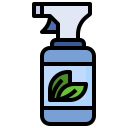Chosen theme: “Chemical-free Solutions for Revitalizing Metal Furniture.” Welcome to a space where we restore steel, iron, and aluminum pieces with fresh life—without harsh solvents or synthetic strippers. Discover safe, practical, inspiring methods to clean, de-rust, refinish, and protect your favorite metal finds naturally.
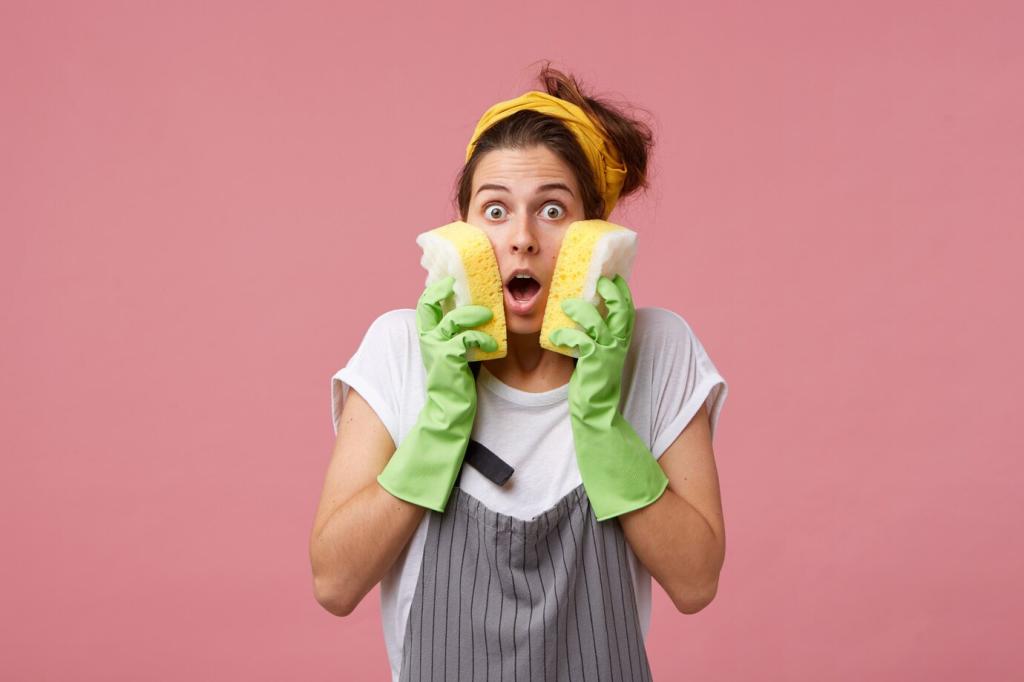
Healthier homes and workshops
Avoiding harsh chemical strippers and fumes helps protect lungs, skin, and pets while keeping indoor air quality high. Mechanical and thermal approaches minimize volatile emissions, making your weekend project safer and more enjoyable for everyone under your roof.

Preserving patina and story
Gentle, chemical-free techniques let you control how much age you retain. Instead of dissolving character, you selectively remove rust and grime, preserving maker’s marks, factory stamps, and that irreplaceable lived-in glow that tells the piece’s authentic story.

A quick story from a rainy Saturday
One reader rescued a 1960s patio chair with only a wire brush, steam, and patience. No solvents, just time and care. The result still showed honest age, but the seat stopped leaving rust on clothes—proof that subtle restoration can feel like magic.
Preparation and Safety without Harsh Agents
Protective gear and lead-aware habits
Wear gloves, eye protection, and a proper particulate respirator when sanding or brushing. Assume older coatings may be hazardous and consult qualified professionals for testing or removal guidance. Keep children and pets away from dust, and vacuum with a HEPA filter after sessions.
Smart workspace setup
Work over a drop cloth to catch debris. Clamp pieces at a comfortable height to reduce fatigue and slips. Use bright, shadow-free lighting and keep a magnet handy for filings. A simple fan and open window can help carry non-toxic dust away from your breathing zone.
Tools you actually need
A sturdy wire brush, nonwoven abrasive pads, carbide scraper, microfiber cloths, a heat gun or infrared panel, and a detail sander cover most needs. Add a brass brush for softer metals and a HEPA vacuum for cleanup. Minimal kit, maximum control.
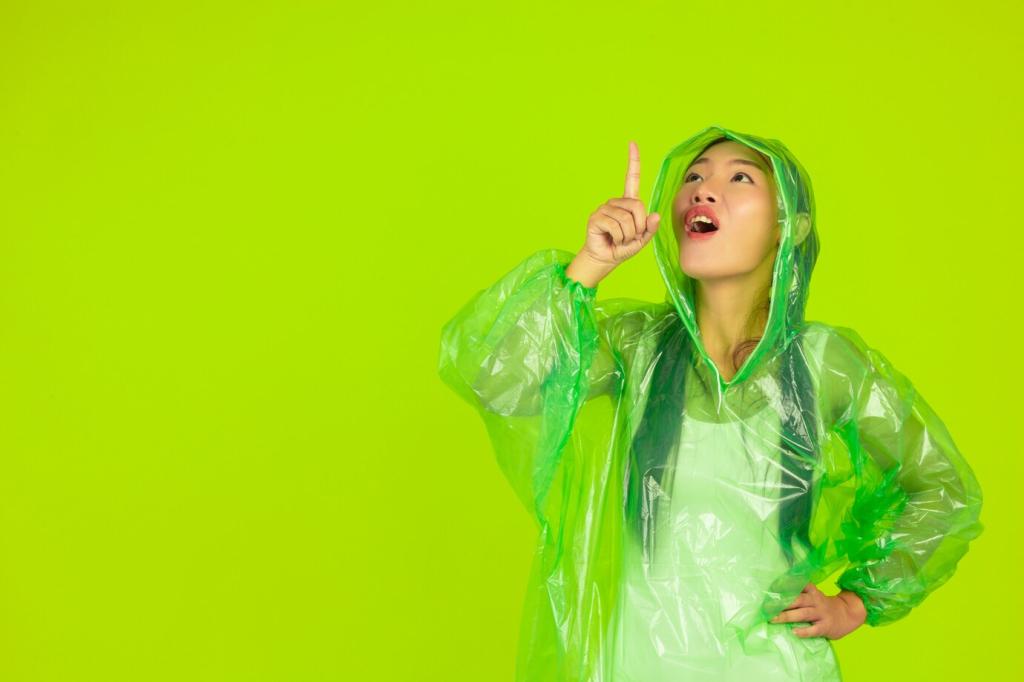
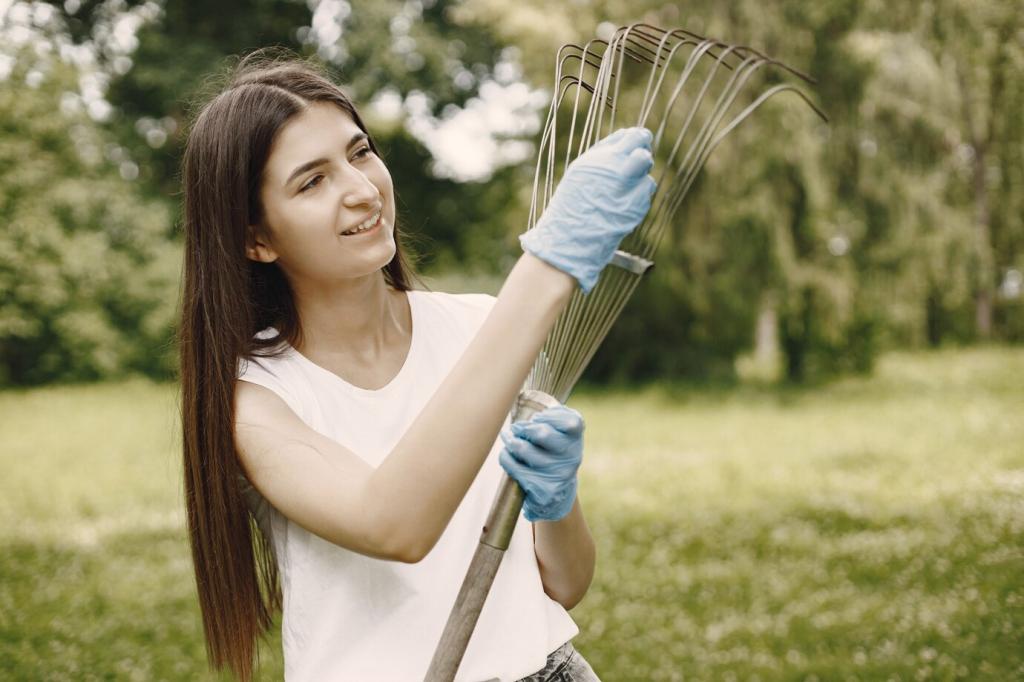
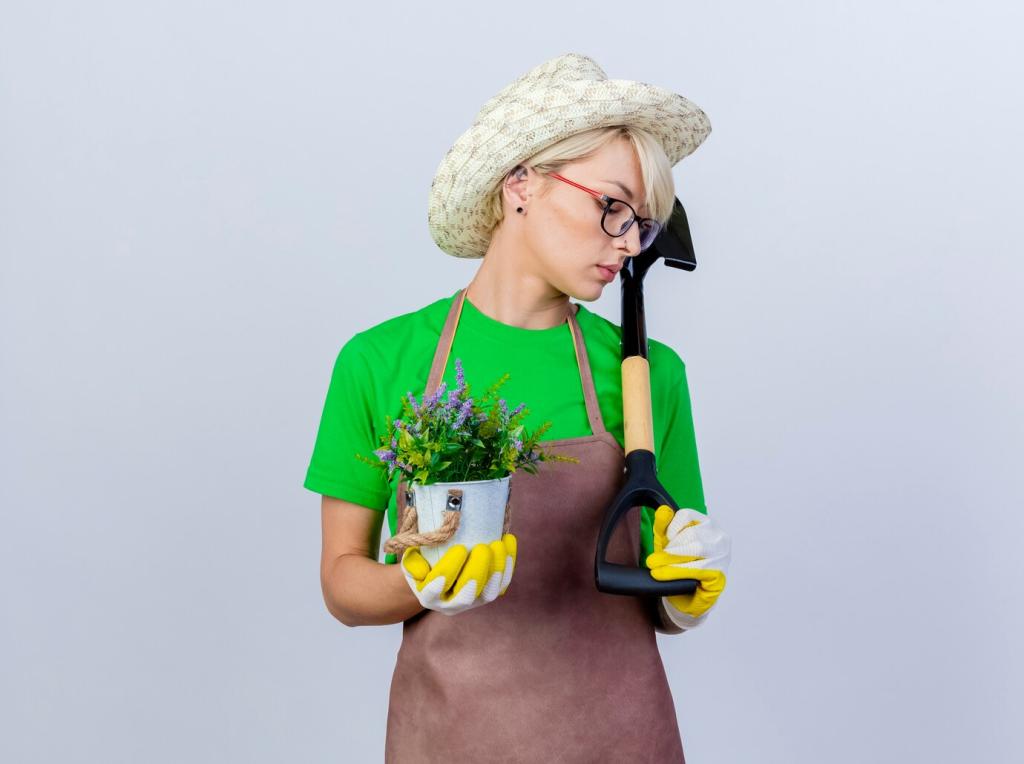
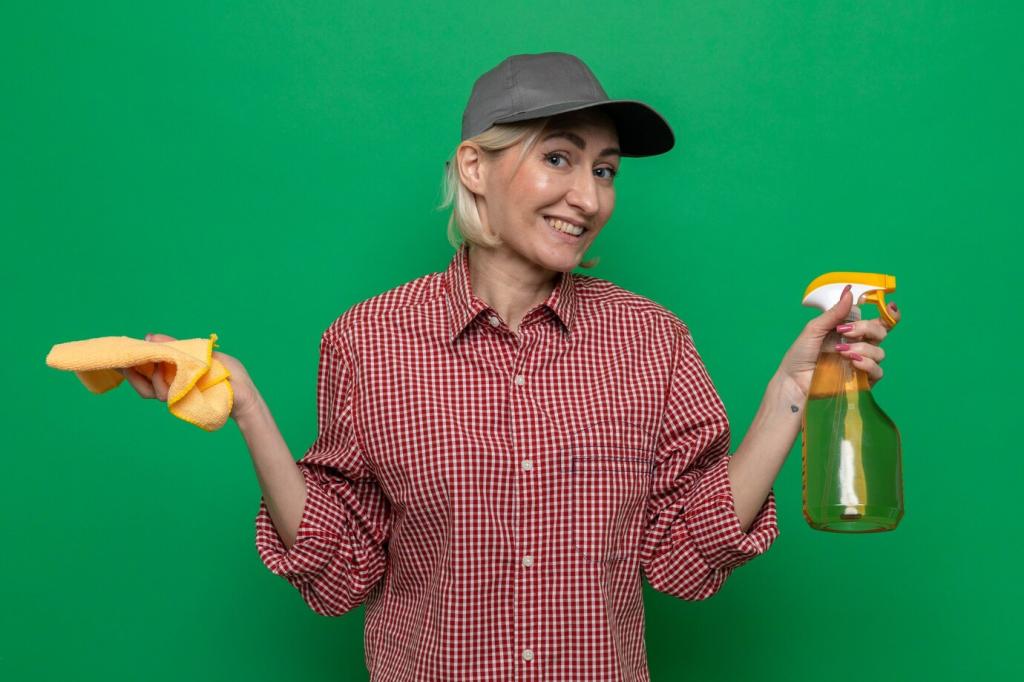

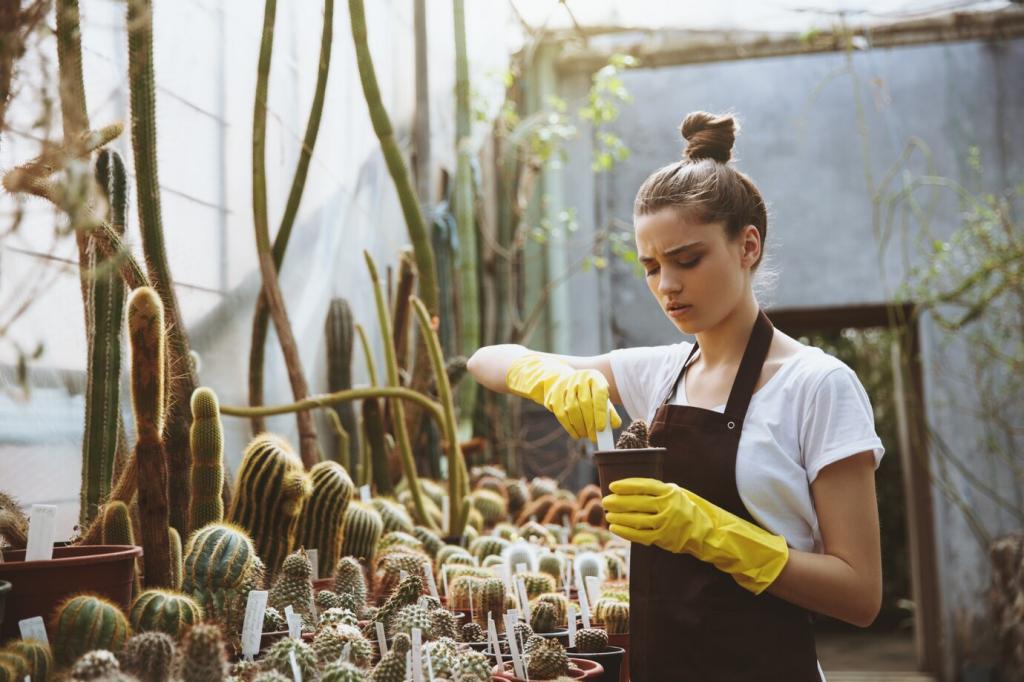
Paint and Finish Removal, Zero Solvents
Infrared heat for gentler lifting
Infrared panels warm the coating and underlying metal evenly, softening bonds so paint releases in flexible sheets. This reduces dust and avoids chemical strippers. Keep the panel moving, test a small area first, and always ventilate while working with heated residues.
Heat guns: controlled, careful, effective
A heat gun on a low-to-medium setting can soften stubborn finishes. Use a broad nozzle, keep it in motion, and follow with a scraper at a shallow angle. Work outdoors or near a window, collect debris responsibly, and let the piece cool before final smoothing.
Carbide scrapers and nonwoven pads
Sharp carbide edges lift paint cleanly once softened, while nonwoven pads refine remaining film without gouging. Alternate gentle passes and frequent wipe-downs. Share your technique in the comments—our readers love seeing how different tools tackle tricky corners and cast details.
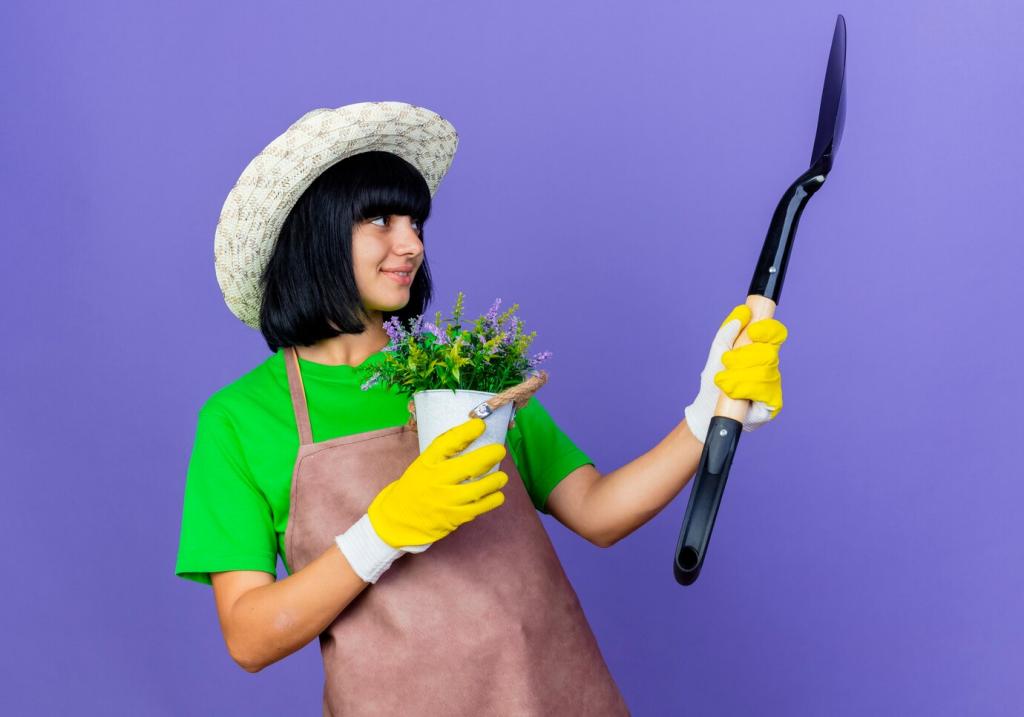
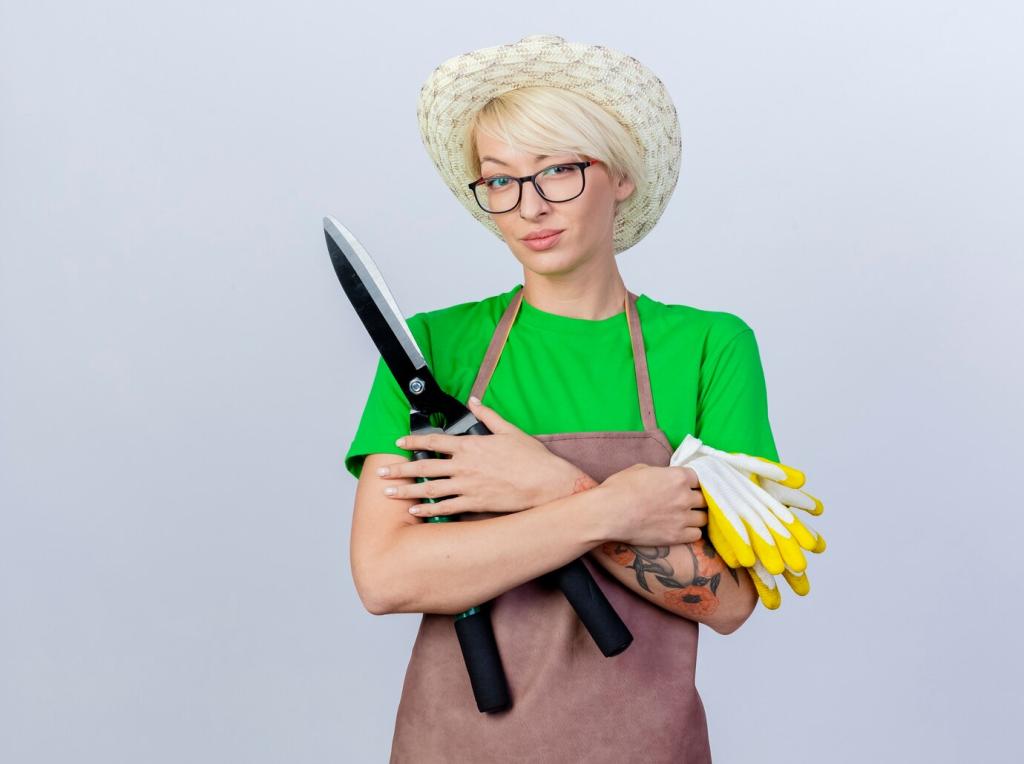
Natural Protection and Shine
A blend of pure beeswax and carnauba can create a breathable, dry-to-touch film without synthetic solvents. Warm the metal lightly, rub a thin coat, and buff until slick. The result resists fingerprints and moisture while showcasing authentic color and texture.
Natural Protection and Shine
After final abrasion, burnish with a clean, hard cotton cloth or a soft wheel. This compresses microscopic peaks, creating a subtle luster that naturally sheds moisture. Follow with a whisper of wax to lock in the glow and make maintenance effortless.
A reader’s café chair transformation
In Barcelona, a reader revived four café chairs using dry ice blasting, steam, and beeswax. No solvents, no harsh odors. The patina remained lively, and the frames stopped shedding rust. Share your before‑and‑after photos—we love celebrating thoughtful, low‑tox craftsmanship.
Photographing and documenting your process
Capture each stage in consistent light, note tools and settings, and record time spent. These details help others learn and help you refine techniques. Post your album and tag us so we can highlight your chemical‑free wins in an upcoming community feature.
Join our community and subscribe
Subscribe for weekly chemical-free techniques, tool tests, and reader spotlights. Comment with questions, vote on future topics, and suggest a piece you want us to tackle next. Your voice shapes what we explore together on the workshop floor.
